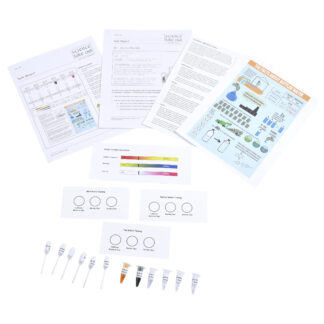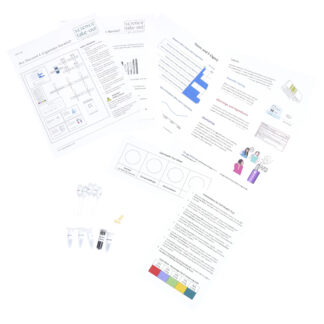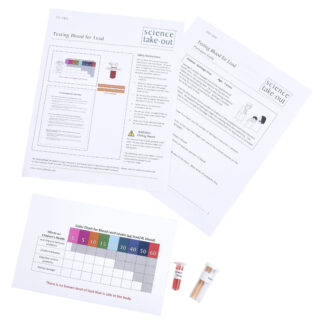Kit Includes
- Student instructions
- 2 Simulated urine samples
- Pyrethroid Test Solution (simulated)
- Pyrethroid Metabolite Test Sheet
- Pyrethroid Test Color Chart
- 3 Labeled droppers
- Bag of colored cubes
$21.95 – $194.95
A family has been poisoned by pesticides used to treat a bed bug problem.
Kits:
Unassembled:
Refills:
MS-ESS3-3. Apply scientific principles to design a method for monitoring and minimizing a human impact on the environment.
Analyzing and Interpreting Data - Analyze and interpret data to provide evidence for phenomena
ESS3.C: Human Impacts on Earth Systems - Human activities have significantly altered the biosphere, sometimes damaging or destroying natural habitats and causing the extinction of other species. But changes to Earth’s environments can have different impacts (negative and positive) for different living things.
Cause and Effect - Cause and effect relationships may be used to predict phenomena in natural or designed systems.

Is the well water causing baby Joey’s illness?
View Product
Flavoring chemicals may be safe to eat, but are they safe to vape?
View Product
Does Santiago have lead poisoning?
View Product